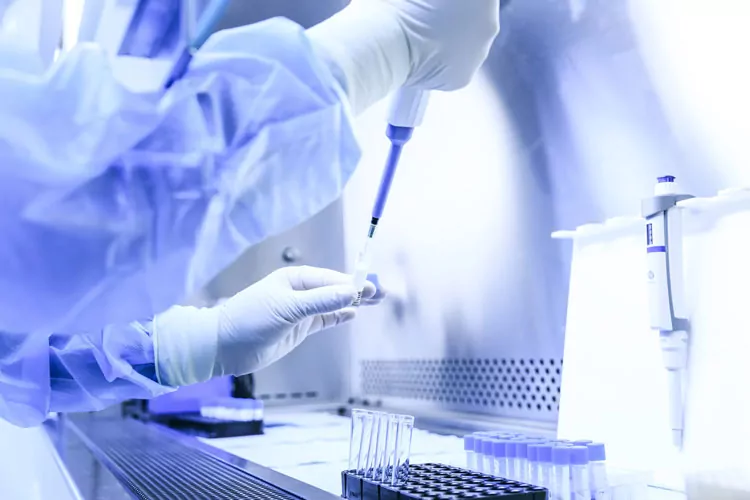There is no doubt about it but the new Annex 1 Manufacture of Sterile Products guideline (https://ec.europa.eu/health/medicinal_products/consultations/2020_sterile_medicinal_products_en) will bring change and will necessitate a change of focus for those currently working with sterile pharmaceutical products.
The revision will also bring new requirements to pharmaceutical manufacturers of other dosage forms that are newly included in the scope of the revised Annex. For all manufacturers, there is a specific emphasis on ICHQ9 Quality Risk Management and ICHQ10 Pharmaceutical Quality System (https://www.ema.europa.eu/en/documents/scientific-guideline/international-conference-harmonisation-technical-requirements-registration-pharmaceuticals-human_en.pdf) with the scope being updated to state “QRM applies to this document in its entirety and will not be referred to in specific paragraphs. Where specific limits or frequencies are written, these should be considered as a minimum requirement. They are stated due to regulatory historical experience of issues that have previously been identified and have impacted the safety of patients”.
Annex 1 has had its original 16-page document (first published in 1971) now rewritten as a 52-page draft document. The first draft of the new Annex 1 was proposed in December 2017 which was intended to include changes in sterile manufacturing technology and the significant updates in regulatory expectation particularly in relation to ICHQ9 and ICHQ10. Following the 2017 draft being issued for consultation, in excess of 6,000 comments were received from industry and various industry groups with an updated draft being issued in 2020. Due to this significant interest from industry, it was agreed to have a second consultation on the updated draft (version 12); this second consultation period ended in July 2020. The scope for the review of version 12 was limited, with only specific areas marked for consultation on which professional bodies were invited to comment reducing the number of areas in the document from which comments would be accepted. This indicates that there will not be significant changes between the draft content and the final version and suggests that this final version will be issued imminently.
In addition to the regulatory updates, the draft widens the scope of applicable industry platforms it applies to and acknowledges the changes in sterile manufacturing technology in relation to RABS, isolators and rapid microbiological methods. The current version also includes corrections and clarifications to remove any ambiguity in the original document.
The two most significant changes to the document are the requirement for companies to manufacture sterile products using the principles of Quality Risk Management (QRM) and implement a Contamination Control Strategy (CCS) across the facility. The formal CCS, that is rooted in QRM principles and Risk Assessment, needs to be complete in one facility-wide strategy. “A contamination control strategy should be implemented across the facility in order to assess the effectiveness of all the control and monitoring measures employed.” It is also emphasised within the draft that the CCS is a dynamic system which is kept up to date throughout the lifecycle of the facility. “The CCS should be actively updated and should drive continuous improvement of the manufacturing and control methods.”
For new facilities, Contamination Control Risk Assessment and the resulting CCS will ideally form part of the design process, considered in URS and DQ documents and revised throughout the construction and CQV phases of a project and on through the commercial cycle. The implementation of CCS for more established facilities brings both positives and challenges. On one side the process, including all controls, will be in place and established but adding additional controls may be challenging both technically and financially. The draft document states that “This assessment should lead to corrective and preventative actions being taken as necessary” and therefore where gaps in contamination control are found through the risk assessment process, remediation of these gaps must be tracked through CAPA actions within a reasonable timeframe.
The main elements of the Contamination Control Risk Assessment and Strategy should include:
- Design of both the plant and processes.
- Premises and equipment.
- Raw material controls – including in-process controls.
- Product containers and closures.
- Vendor approval.
- Outsourced activities.
- Process risk assessment.
- Process validation.
- Preventative maintenance
- Cleaning and disinfection.
- Monitoring systems
- Prevention – trending, investigation, corrective and preventive actions (CAPA), root cause determination and the need for more comprehensive investigational tools.
- Continuous improvement based on information from the above systems.
Has your organisation invested time in considering the impact of these changes upon your procedures and processes?
PharmaLex can support your organisation with regulatory and quality obligations, please contact us contact@pharmalex.com







